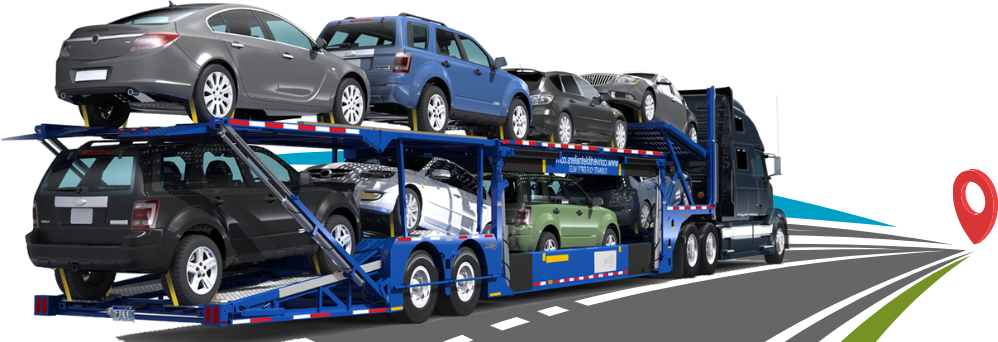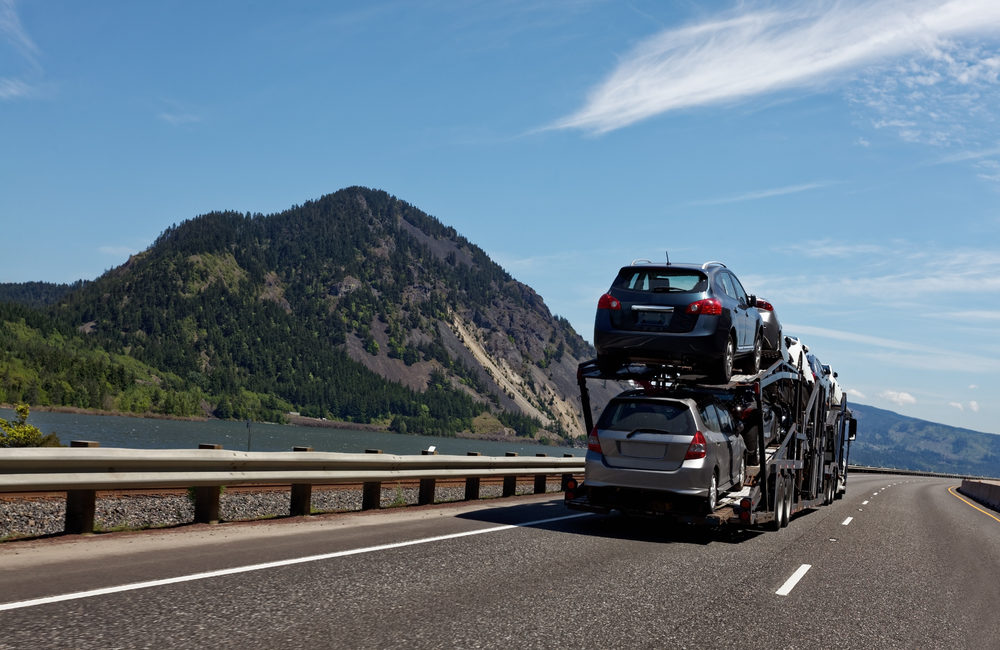When you’re preparing for a big move, coordinating a seasonal vehicle relocation, or purchasing a car from out of state, one of the most important aspects of planning is cross-country car shipping. Choosing the right time to book your auto transport service can make a huge difference in price, availability, and peace of mind. Whether you’re relocating for a job, sending a student off to college, or selling a vehicle, understanding the best times and methods for scheduling your shipment is essential.
Why Timing Matters in Auto Transport
The timing of your car shipment isn’t just about calendar dates—it’s about strategy. Auto transport is a logistics-driven industry that involves route planning, driver scheduling, weather impacts, and seasonal fluctuations in demand.
If you wait until the last minute to book your cross-country car shipping service, you may face:
- Higher shipping costs due to limited availability
- Fewer transport options or slower delivery windows
- Added stress trying to align vehicle delivery with your moving schedule
- Potential delays caused by seasonal travel surges or bad weather
Booking at the right time ensures that you’ll get the best value, the smoothest delivery, and peace of mind knowing your vehicle is in good hands.
Best Times of Year to Ship Cross Country
Timing your shipment with the seasons can make a world of difference. Let’s break it down:
Peak vs. Off-Peak Seasons
Peak Season (May through August):
This is when auto transport companies are at their busiest. Many families relocate in the summer due to school schedules, and snowbirds head north for the warmer months. During these months:
- Demand is high, so prices can surge.
- Booking early (at least 4–6 weeks in advance) is highly recommended.
- Carriers may fill up quickly, limiting your flexibility.
Off-Peak Season (September through April):
This period offers several benefits:
- Lower prices due to reduced demand.
- Easier to secure preferred dates and routes.
- Shorter wait times for pickup and delivery.
That said, keep in mind that December through February—while technically off-peak—can still pose some challenges due to:
- Severe winter weather affecting road conditions
- Holiday-related slowdowns
- Limited daylight hours impacting shipping speed
Weather Considerations
Weather is a key variable in cross-country car transport:
- Summer: Hot weather increases road temperatures, which can affect enclosed shipping trailers and may delay service in the hottest southern states.
- Winter: Snow and ice in the Northeast, Midwest, and mountain regions can cause road closures or hazardous conditions, leading to delays or route changes.
- Spring & Fall: Typically ideal, with milder weather and moderate demand. These are the best times to schedule for flexibility and affordability.
Ultimately, while you can ship your car at any time of the year, certain months offer a smoother experience and better pricing.
How Far in Advance Should You Book?
Booking your car shipment early not only locks in better pricing but also gives you a larger selection of transport companies and scheduling flexibility.
Here’s a general guideline based on your needs:
- Standard Cross-Country Move: Book 2–4 weeks in advance to secure an ideal price and pickup date.
- Peak Season (May-August): Book 4–6 weeks in advance due to high demand.
- Last-Minute or Expedited Shipping: While possible, it comes at a premium. Expect to pay more and have limited flexibility.
A good rule of thumb: as soon as your move dates are confirmed, get your auto transport on the calendar. That way, you can focus on other parts of your move with one less thing to worry about.
Planning Ahead for a Smooth Move
Preparation is key to a seamless cross-country car shipping experience. Here are several things to consider while planning your transport:
Choose the Right Transport Type
- Open Transport: Most cost-effective and widely used. Suitable for most daily drivers.
- Enclosed Transport: Best for luxury, antique, or high-value vehicles. Protects your car from weather and road debris.
Understand Transit Times
Cross-country transport typically takes 7–10 days, depending on:
- Route distance
- Weather and traffic
- Carrier’s schedule
Remember: transit time starts after your car is picked up, not from the day you book.
Prepare Your Vehicle
- Clean your car: Makes inspection easier and avoids damage claims.
- Remove valuables: Items inside the vehicle are not covered by insurance.
- Check for leaks and tire pressure: Ensure your car is road-ready for loading and unloading.
Maintain Communication
- Confirm the carrier’s contact information and have their customer support available for updates.
- Ask for an estimated delivery window and check on progress periodically.
Understand Insurance and Policies
- Confirm what is covered under the shipping contract.
- Get a copy of the Bill of Lading and take pictures before and after transport for records.
FAQs
How early should I book a cross-country car shipment?
Ideally, you should book your car shipment at least 2–4 weeks in advance. If you’re planning to move during the summer or around holidays, give yourself even more time—4–6 weeks is recommended. Early booking ensures lower rates and more flexibility with pickup and delivery windows.
What months are the busiest for car shipping?
The busiest months are typically May through August, coinciding with school breaks, job relocations, and seasonal travelers. December can also see a surge in demand due to holiday moves and gift purchases involving vehicles.
Can I book same-week shipping?
Yes, many companies offer expedited or same-week shipping but be prepared to pay a higher rate. Availability can also be limited, especially during peak seasons or inclement weather. If timing is tight, call your preferred shipper directly to check current options.
Trust Dealers Choice Auto Transport for Your Next Vehicle Move
Choosing the right time and company for cross-country car shipping can make your experience easy, cost-effective, and stress-free. At Dealers Choice Auto Transport, we bring over 50 years of experience to the table, making us the trusted name in vehicle transport across the country.
Whether you’re shipping a family car, luxury vehicle, or even heavy equipment or freight, we offer reliable, insured, and affordable shipping solutions tailored to your needs. Our dedicated team is available to answer any questions you have before, during, and after your vehicle is on the move.
We pride ourselves on:
- Hundreds of satisfied, repeat customers
- A spotless record of on-time, safe deliveries
- Transparent quotes and no hidden fees
- A full range of transport options—including enclosed trailers and heavy hauls
Ready to book your cross-country car shipping with confidence?
Contact us today and let us handle the logistics while you focus on your move.










